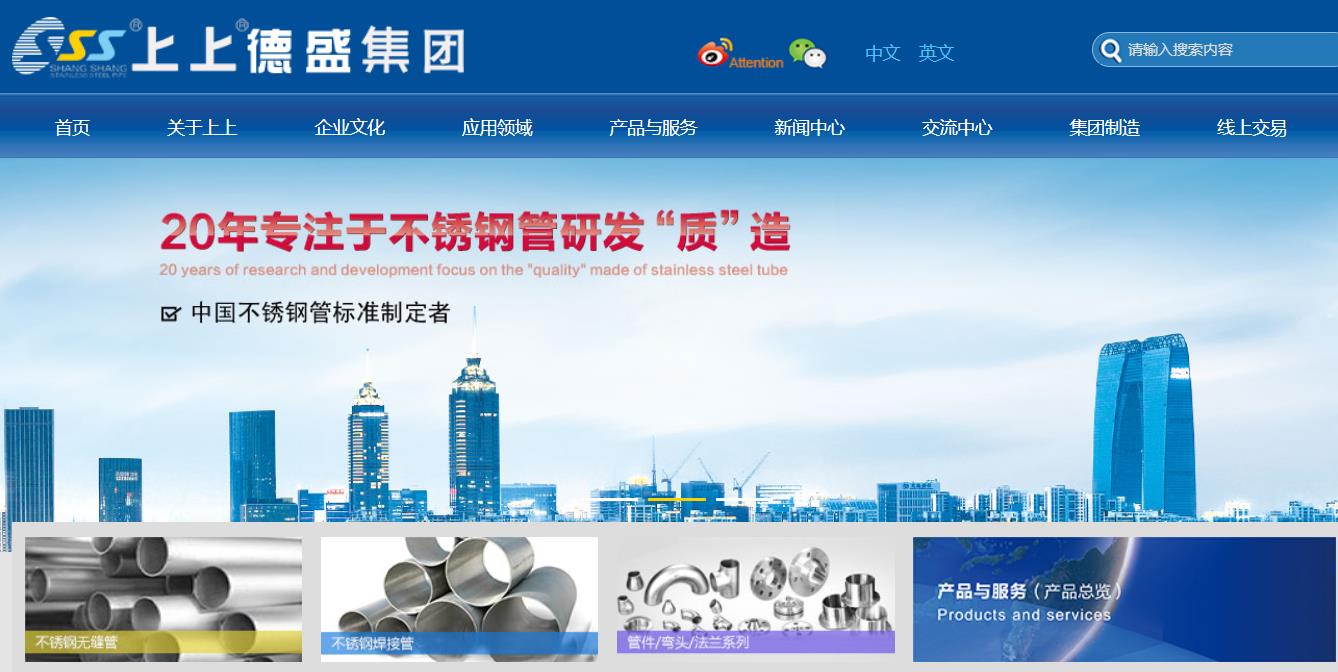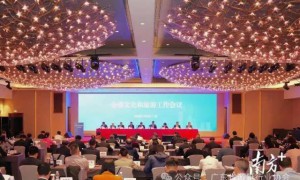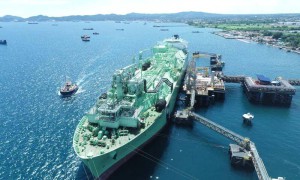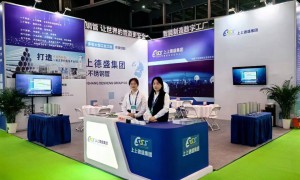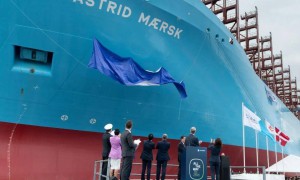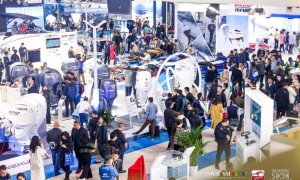德国造船工业协会主席Harald Fassmer在2016年的德国造船工业大会上说,中国将在未来5年内建造豪华邮轮,并在此以后可以媲美德国建造的豪华邮轮。尽管德国船厂非常专业化,不惧怕竞争,但是德国造船工业要持续改进产品和工艺, 抓住每个机会强化德国在海事领域的优势地位。
Electric-powered Ship Technologies Shanghai Int’l Forum 2022 on Dec. 8
迎进博和工博会,赠送的2022年版中国高端装备和活跃配套厂商分布图将发布
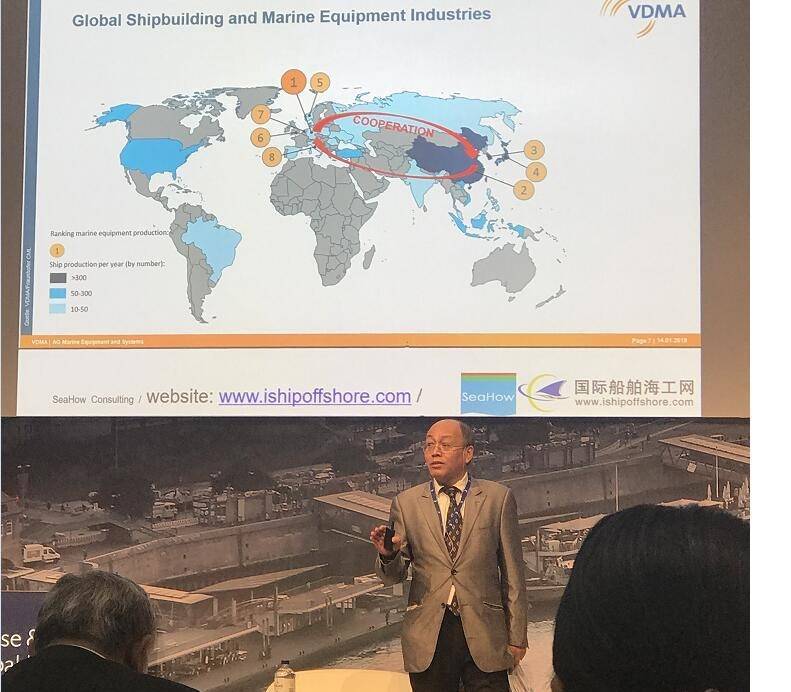
豪华邮轮和客轮是德国造船领先全球造船工业的最后一块阵地。根据2015年年底数据统计,豪华邮轮和客轮建造占到德国所有造船产品的61%以上。目前中国船厂厉兵秣马挥师进军豪华邮轮和客轮让德国造船倍感压力。
总部位于上海的国际船舶海工网认为,今后未来几十年,围绕豪华邮轮的建造、配套、投资、服务和管理,中国将形成一条全新的庞大产业链。为了策应中国挥师豪华邮轮产业,响应国内外产业界交流、探讨、合作、对接和把握机会的需求,尤其是响应来自金融机构、船厂、配套商、投资人、船东和行业管理的建议,国际船舶海工网将在各方支持下积极在中国主要城市举办一系列豪华邮轮和客轮建造、配套、投资、服务和管理论坛。今年10月、11月、12月和明年6月、12月等时段将有系列豪华邮轮产业论坛举办。
1
2016年10月7日 Marinelink 报道,2015年全球造船工业订单骤降至2013年的一半的水平,2016年造船市场更是雪上加霜。德国是中国、韩国和日本三个世界造船大国船舶配套产品的主要供应国。欧洲造船市场今年新造船订单额达70亿美元,占世界的63%,弥补了亚洲新造船订单变少导致的对德国船舶配套产品需求的减少。
德国船厂逆势全球趋势,2015年达到50亿欧元,2015年与2013年相比几乎翻了一番,2016年订单量达到的2015年同期水平。德国造船业取得的成功,得益于生产的产品的技术优势、高可靠性的高品质产品,这是其他国家几十年时间内难以仿制出来的。
德国造船协会也公布了一些新的有利于本国造船出口的政策,以及建立新的海事研究中心等。
德国造船业介绍:德国船厂在2015年市场相对较好,100%订单都是出口,并且多数船厂还有手持订单。2015年有12个新造船订单,一半发生在2015年最后一个季度,价值约为是54亿美元。相比2014年的750,000CGT,2015年增长25%,但比2014年(16艘)略低。订单总吨(435,000 CGT)比2014年低,但比2013年高。在2015年交付大约25亿美元,比2014年略低。此外,交付了3艘海上风电平台,价值大约为3.3亿美元。
到2015年12月5日订单为43艘船,价值144亿美元,是自2009年以来最高的一年。在2016年前4个月,订单为9艘价值14亿美元,这不包括2016年5月与马来西亚云顶集团签订的10艘价值38亿美元订单。
VSM: Collapse in demand dampens expectations for the current year
The global shipbuilding industry continued its downturn in 2015 with the number of new orders halved compared to 2013 level. The year 2016 is shaping up to be even worse.
The “Big Three” shipbuilding nations China, Korea and Japan are major customers to the world leading maritime equipment and system producers from Germany. The fact that the domestic supply chain has been generating more than half of its sales within Europe will come in as an important stabilizing factor to weather the current storm: according to Clarksons Research, more than $7 billion worth of orders for newbuilding projects went to Europe this year, a world market share of 63 percent. Furthermore, the current low ordering activity in Asian comprises mainly shipowners with fixed employment for their newbuilding projects. These customers tend to pay more attention to quality equipment, which is why the success rate of German equipment makers has significantly increased for the few remaining projects.
Nevertheless, the total demand in numbers remains low and causes major challenges also in the German maritime community.
German shipyards bucked the global trend by nearly doubling their order intake reaching nearly €5 billion in 2015 compared to 2013. A similar order of magnitude was recorded also for 2016 to date.
“This great success of the maritime sector of the German industry has its origins in our customers’ exceptionally high expectations. The high degree of complexity of the products manufactured here requires large numbers of highly specialised experts. Hundreds of companies, all of them extremely reliable, must be coordinated perfectly to work towards a common goal and jointly ensure the success of the given project. These kinds of structures have grown in Germany over decades and cannot easily be replicated in other countries,” said VSM President Harald Fassmer, CEO of the shipyard Fassmer Werft GmbH, describing the situation during the press conference held on occasion of the annual VSM General assembly meeting.
“But there is no time to be complacent. We must relentlessly continue in our efforts to further improve products and processes. We have to seize every opportunity to jointly safeguard Germany as a stronghold of the maritime industry. It is therefore essential that we all come together as one industry and one community,” said Fassmer in a compelling appeal.
Even if the German shipyards, based on their specialization, are not afraid of the competition – a concerned look went to Asia: “China will build vessels for their own required cruise market within the next five years”, stated VSM-Chief Fassmer, “Until then they will not be better than German shipyards.”
Inspired by the same vision, VSM has launched and is driving new initiatives, including, in particular the German Maritime Export Initiative (GeMaX) as well as efforts to fos-ter innovation by establishing a new Maritime Research Coordination Center (Deutsches Maritimes Zentrum, DMZ).
“These activities demonstrate that the industry is doing its homework,” adds VSM General Manager Reinhard Lüken, “but we also need back up by policy makers. The idea of launching a maritime agenda for Germany is therefore a great opportunity.”
Policy initiatives include efforts to foster LNG as maritime fuel, an active trade policy to improve market access and fight against market distortions as well as support for the naval defense industry base.
The German Shipbuilding Industry
Based upon the concentration of the German shipyards in innovative and promising markets – such as the passenger vessel and yacht shipbuilding – the order situation in 2015 was relatively good. Around 100 percent of the order income, deliveries and backlog with seagoing vessels have been dedicated to export, and many shipyards have built a comfortable order cushion for the coming years. But between the different companies are significant differences.
Twelve newbuilds were ordered in German shipyards in 2015 – with half of it generated in the last quarter alone – valued at approximately $5.4 billion. Incoming orders with regard to tonnage increased 25% compared to 2014 to 750,000 CGT (Compensated Gross Tonnage), but the number of deliveries (16 vessels) was lower than in 2014. The tonnage (435,000 CGT) was also lower than one year before, but higher than the total tonnage in 2013. The value of the deliveries in 2015 was in total around $2.5 billion – also somewhat lower than in 2014. In addition, three platforms for the offshore wind industry, valued at $330 million, have been delivered.
By the end of December 2015 43 vessels, valued at about $14.4 billion, (the highest contract value since 2009) were on the order books of German shipyards. The tonnage with 2 million CGT is higher than in 2014. Two additional orders for new buildings of plants and platforms for the offshore wind industry increased the total order backlog of the shipyards to $14.8 billion.
According to the German Federal Statistical Office, sales at the German shipyards (taking into account shipyards with a minimum of 50 employees from all market segments, including naval ship building, repair/modification, as well as boats, yacht and inland waterway shipbuilding) were down 20% to $5.6 billion (compared to $7.1 billion in 2014). At the same time, the number of employees increased 3% to 18,042.
During the first four month of 2016 orders received the national yards totaled nine vessels valued at $1.4 billion. This does not include the orders about 10 vessels from the Malaysian Genting Group, because this order, valued $3.8 billion, was placed in May 2016.
(As published in the August 2016 edition of Maritime Reporter & Engineering News)




